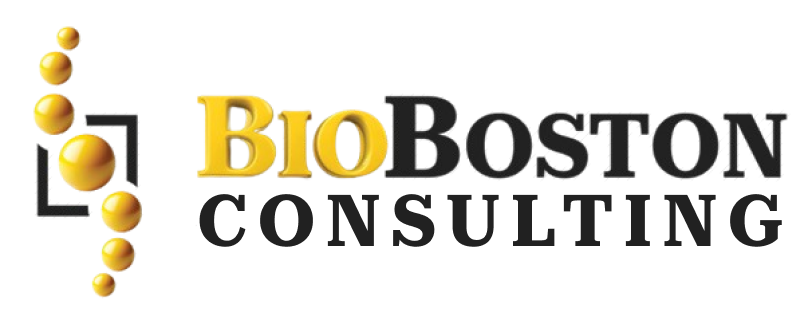Crafting an effective clinical protocol is a cornerstone of a successful IDE (Investigational Device Exemption) application. The FDA evaluates your study design to ensure patient safety and reliable data collection. For medical device innovators, aligning your clinical trial protocol with FDA regulatory requirements is essential to minimize review cycles and accelerate approval. BioBoston Consulting offers expert guidance to help you build FDA-compliant protocols that stand up to scrutiny.
Why Clinical Protocol Design Matters for Your IDE Application
A well-designed clinical protocol serves as the blueprint for your IDE study. It defines the objectives, methodology, patient population, endpoints, and safety monitoring procedures. Without a clear, scientifically sound protocol, your IDE application risks delay or rejection.
FDA reviewers focus heavily on protocol clarity and rigor to ensure:
- Patient safety is prioritized
- Study endpoints are measurable and clinically relevant
- Data collected will support regulatory decision-making
- Ethical considerations are thoroughly addressed
Key Components of an FDA-Compliant Clinical Protocol for IDEs
- Clear Study Objectives and Endpoints
Define primary and secondary endpoints that are aligned with the device’s intended use and clinical claims. Your objectives should be specific, measurable, and achievable within the scope of the trial.
- Detailed Patient Selection Criteria
Establish inclusion and exclusion criteria that minimize risk and ensure a representative patient population. Clear criteria help protect subjects and provide meaningful results.
- Robust Safety Monitoring Plan
Outline procedures for adverse event reporting, interim safety analyses, and stopping rules. Demonstrating a proactive safety framework is critical for FDA confidence.
- Statistical Analysis Plan
Provide a comprehensive statistical methodology to support hypothesis testing and data interpretation. This should include sample size calculations and plans for handling missing data.
- Ethical and Regulatory Compliance
Include protocols for informed consent, IRB approval, and compliance with Good Clinical Practice (GCP) guidelines.
Common Clinical Protocol Pitfalls to Avoid in IDE Submissions
- Overly broad or vague endpoints
- Insufficient detail on monitoring and follow-up
- Lack of justification for sample size or study duration
- Inadequate safety oversight mechanisms
- Failure to address potential risks or mitigation strategies
How BioBoston Consulting Elevates Your IDE Clinical Protocol Design
At BioBoston Consulting, we bring deep FDA regulatory expertise and clinical trial experience to every project. Our collaborative approach ensures your clinical protocol is scientifically rigorous, aligned with FDA guidance, and tailored to your device’s unique risk profile.
Our services include:
- Protocol development and optimization
- Statistical analysis plan design
- Pre-Submission meeting preparation and support
- Risk management integration
- Full IDE application assistance
Align Your Clinical Protocol with FDA Expectations — Partner with BioBoston Consulting
Your IDE clinical protocol is your device’s first impression with the FDA. Do not leave approval to chance. Work with BioBoston Consulting to create protocols that meet regulatory standards and drive clinical trial success.
👉 Contact BioBoston Consulting for a Free Clinical Protocol Review and IDE Strategy Session Today

